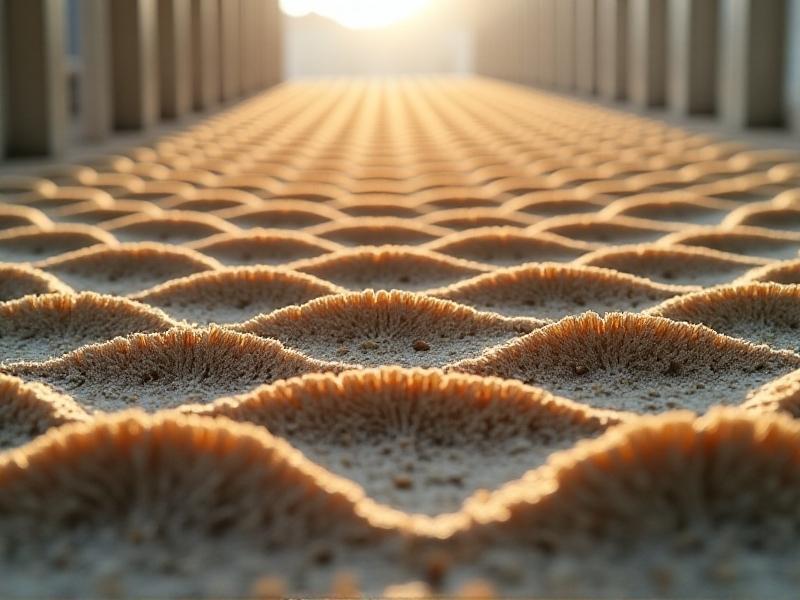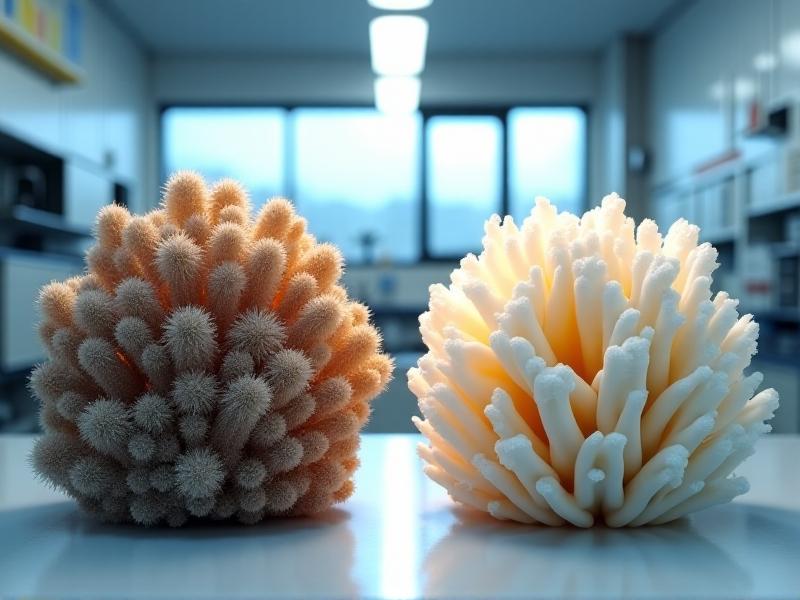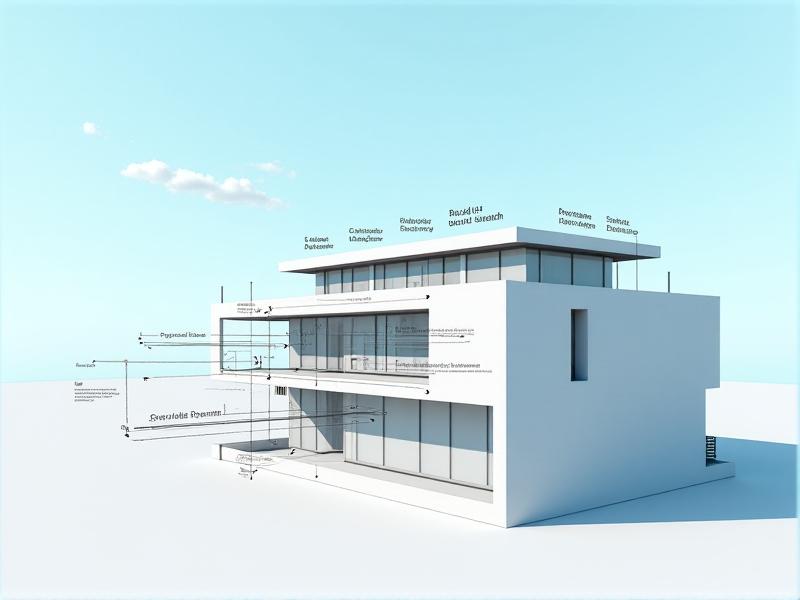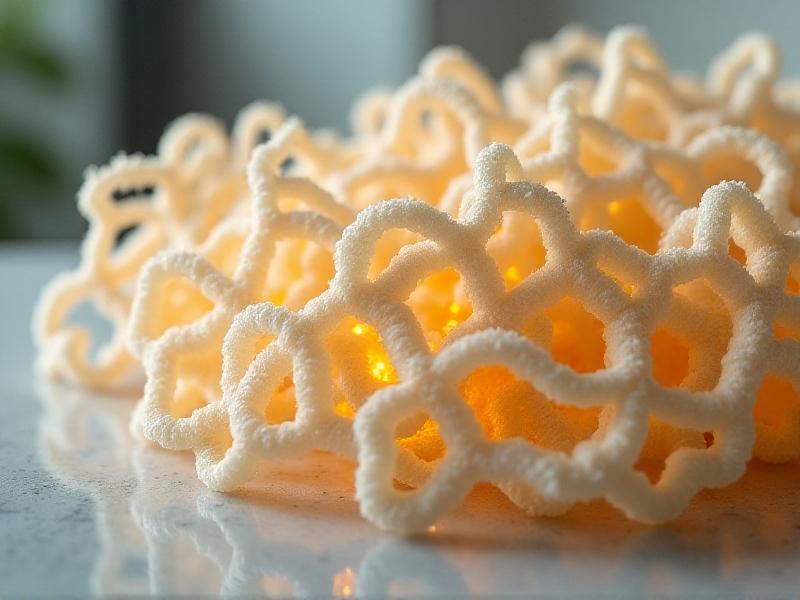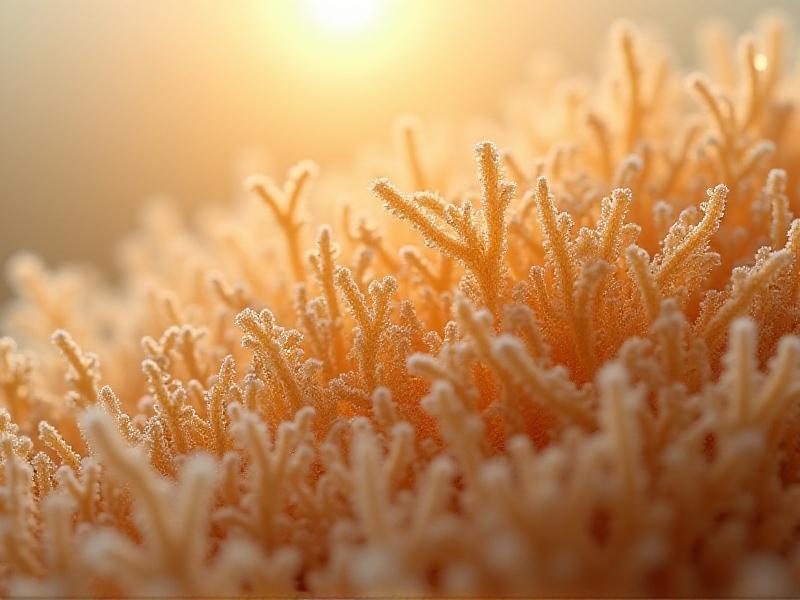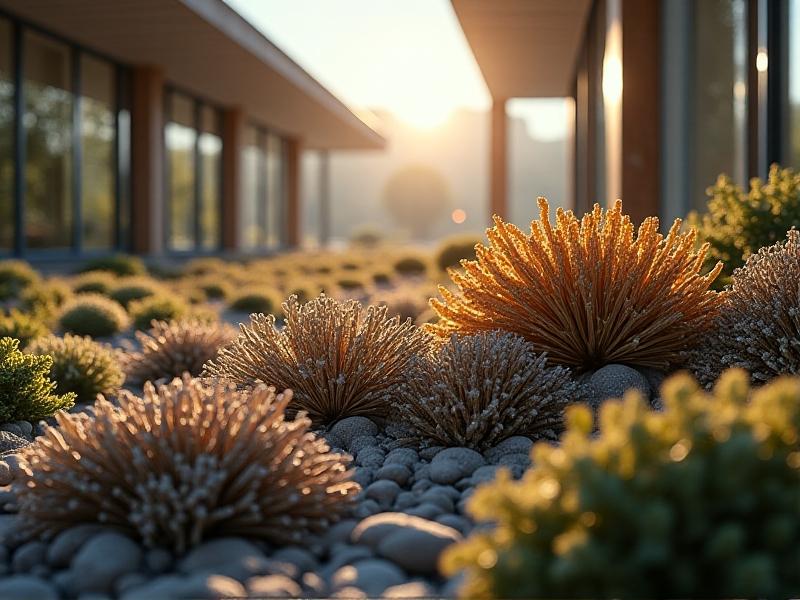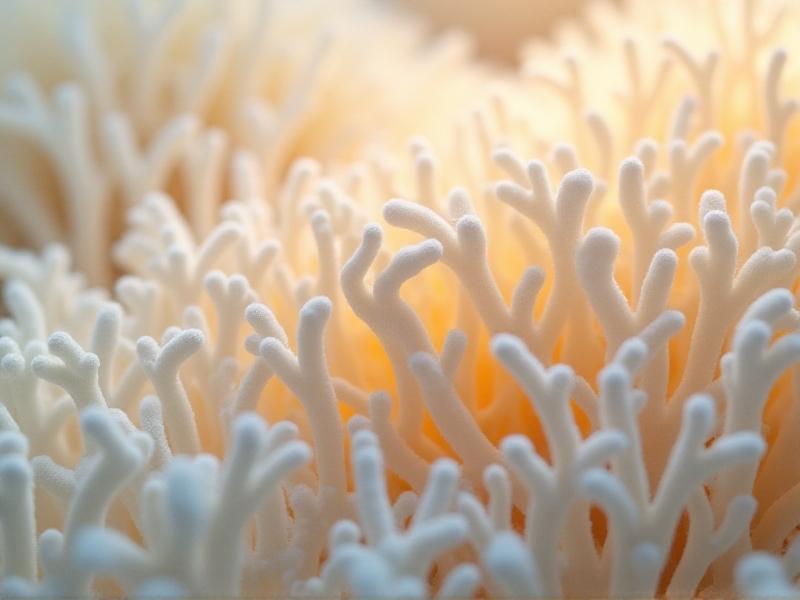Myco-Insulation Solutions for Off-Grid Tiny Home Communities
Introduction to Myco-Insulation in Off-Grid Tiny Home Communities
Off-grid tiny home communities are gaining popularity as sustainable living solutions, but one of the biggest challenges they face is efficient insulation. Traditional insulation materials often come with environmental drawbacks, such as high carbon footprints and non-biodegradability. Enter myco-insulation—a revolutionary material made from mycelium, the root structure of mushrooms. This natural, biodegradable, and highly effective insulation material is transforming the way we think about sustainable building practices. In this article, we’ll explore how myco-insulation can be a game-changer for off-grid tiny home communities, offering both environmental and practical benefits.
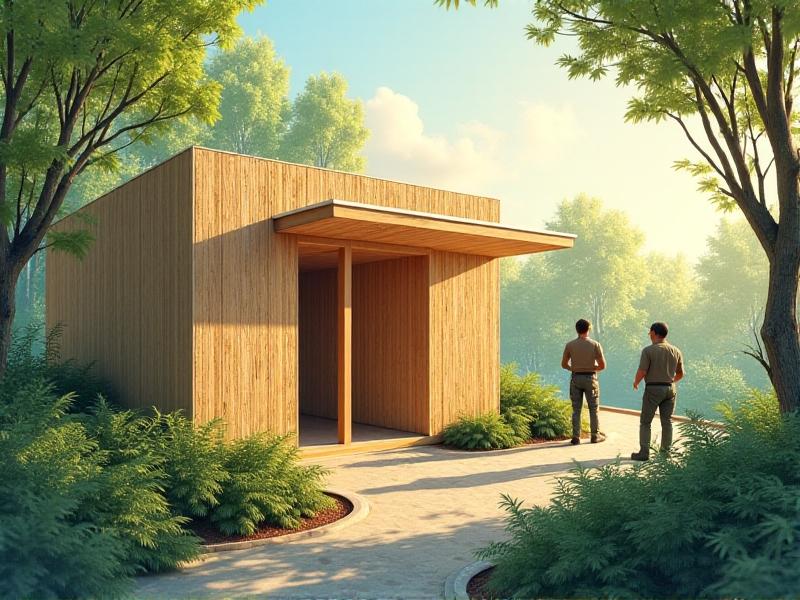
The Science Behind Myco-Insulation
Myco-insulation is created by growing mycelium on agricultural waste, such as straw or sawdust, in controlled environments. Over time, the mycelium binds the waste materials together, forming a dense, lightweight, and insulating foam-like structure. This process is entirely natural and requires minimal energy, making it a low-carbon alternative to synthetic insulation. Mycelium’s unique cellular structure traps air, providing excellent thermal insulation properties. Additionally, it is fire-resistant, moisture-resistant, and can be composted at the end of its lifecycle. Researchers and companies like Ecovative Design have pioneered this technology, proving its viability for both small-scale and large-scale applications.

Benefits of Myco-Insulation for Tiny Homes
For off-grid tiny home communities, myco-insulation offers a range of benefits. First, its lightweight nature makes it easy to transport and install, even in remote locations. Its thermal efficiency ensures that tiny homes stay warm in winter and cool in summer, reducing the need for additional heating or cooling systems. This is particularly important for off-grid living, where energy resources are often limited. Myco-insulation is also non-toxic, unlike some traditional insulation materials that can release harmful chemicals. Furthermore, its biodegradability aligns with the ethos of sustainable living, ensuring that homes leave a minimal environmental footprint. By choosing myco-insulation, tiny home communities can achieve both comfort and sustainability.
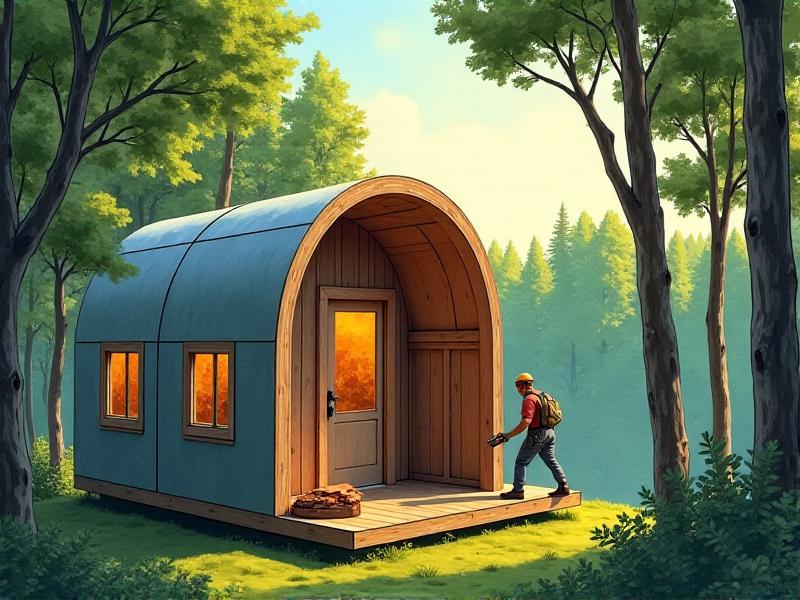
Challenges and Considerations
While myco-insulation holds great promise, there are challenges to consider. One of the primary concerns is its durability in extreme weather conditions. Although mycelium is naturally resistant to moisture, prolonged exposure to heavy rain or humidity could potentially degrade the material over time. Additionally, the production process requires specific conditions, such as controlled temperature and humidity, which may not be readily available in all regions. Cost is another factor; while myco-insulation is becoming more affordable, it is still more expensive than some traditional materials. However, as the technology advances and production scales up, these challenges are likely to diminish. For off-grid tiny home communities, the long-term benefits of myco-insulation may outweigh these initial hurdles.
Case Studies: Myco-Insulation in Action
Several projects around the world have successfully incorporated myco-insulation into their designs. For example, the Mushroom Tiny House in California showcases the material’s potential, featuring walls insulated with mycelium panels. The home’s residents report excellent thermal performance and a noticeable reduction in energy costs. Another example is the MycoTiny Village in Oregon, a community of tiny homes built entirely with myco-insulation. Residents praise the material’s eco-friendliness and its ability to create a comfortable living environment. These case studies demonstrate that myco-insulation is not just a theoretical concept but a practical solution for sustainable living.
Future Prospects of Myco-Insulation
The future of myco-insulation looks bright, with ongoing research and development aimed at improving its properties and reducing costs. Innovations such as hybrid materials, which combine mycelium with other natural fibers, could enhance its durability and versatility. Additionally, advancements in production techniques may make it more accessible to builders and homeowners worldwide. As awareness of climate change grows, the demand for sustainable building materials like myco-insulation is likely to increase. For off-grid tiny home communities, this material represents a step toward a more sustainable and resilient future. By embracing myco-insulation, these communities can lead the way in eco-friendly living.
How to Incorporate Myco-Insulation into Your Tiny Home
If you’re considering myco-insulation for your tiny home, start by researching suppliers and manufacturers. Companies like Ecovative Design offer ready-to-use mycelium panels that can be customized to fit your home’s dimensions. Work with a builder who has experience with sustainable materials to ensure proper installation. It’s also important to consider the local climate and how myco-insulation will perform in your specific environment. Finally, factor in the cost and weigh it against the long-term benefits of energy efficiency and environmental impact. By taking these steps, you can successfully integrate myco-insulation into your tiny home and contribute to a more sustainable future.
